How Different Living Creatures Withstand Winter
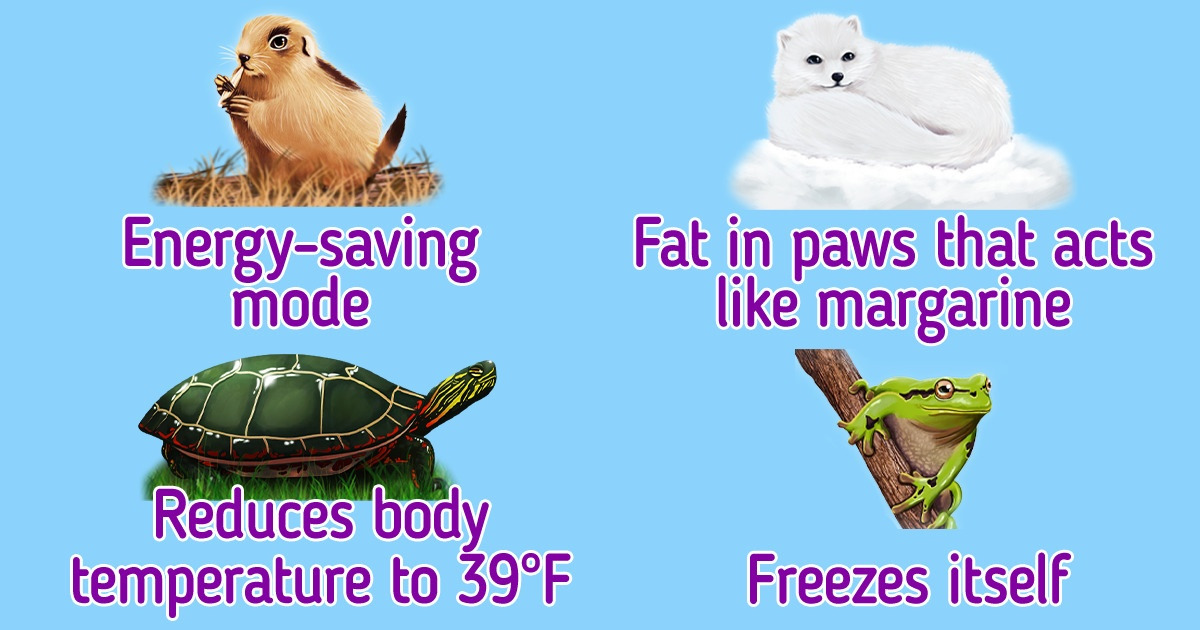
Different animals adapt to cold weather differently. And these mechanisms show how inventive and mind-blowing nature is.
We at 5-Minute Crafts want to tell you in detail about how bears, frogs, and many other animals survive the wintertime. The bonus part will tell you how we can help animals during the cold time of the year.
Black bears

Black bears spend winters in dens, sleeping most of the time. They lower their heart rate and slow down their breathing. Male bears and female bears equip the place they’ll sleep differently. Female bears line their dens with leaves, grass, or ferns, while males don’t use any materials.
If humans possessed the same abilities, it would look as if we could sleep for 4 months in a row and wake up with only a little muscle mass lost. Bears have this ability thanks to the fact that their bodies can recycle urea. Thanks to this, the liver produces amino acids and skeletal muscles are resynthesized. In addition to survival, this hibernation promotes healing — even serious injuries received before hibernation are completely cured in 1-2 months.
Turtles
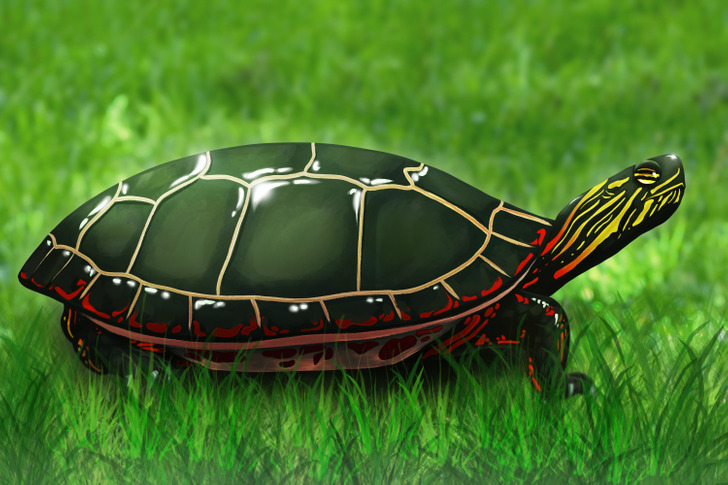
These animals are ectotherms which means their body temperature adjusts to the temperature of their surrounding environment. A few hours after submerging into the water, their blood oxygen level drops to almost zero and their body temperature becomes around 39°F. Humans will only live in such a condition from 3 to 4 minutes, while some species of turtles live like this for 3 to 4 months.
Turtles get oxygen from the water when it passes their blood vessels and which gets into the vessels through the body. If oxygen is depleted, turtles can switch to anaerobic respiration, which is a form of metabolism that doesn’t require oxygen. But it is dangerous because it can lead to the accumulation of lactic acid and tissue damage. To prevent damage, their skeletons and shells secrete substances like carbonate buffers that can neutralize the buildup of lactic acid. When spring arrives, these amphibians bask in the sun, increasing their metabolic rate and ridding their bodies of acidic byproducts.
Snowy owls
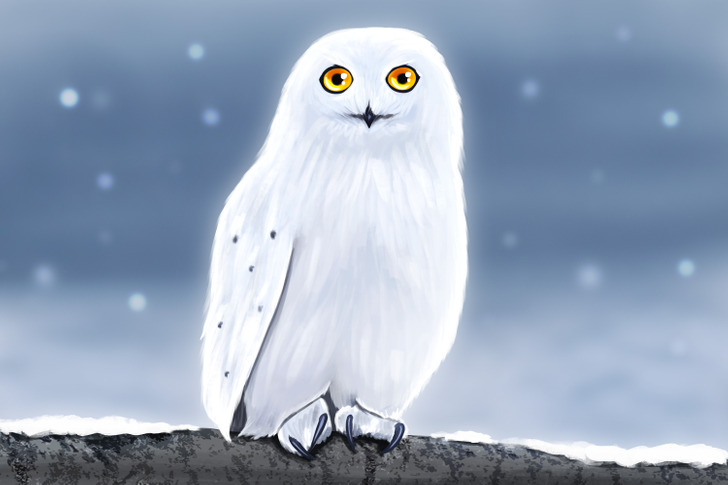
Snowy owls can withstand temperatures up to −58°F and it’s all thanks to the thick layer of down that sustains their body temperature at between 100°F to 104°F. Also, evolution has gifted snowy owls the ability to hear the tiniest mammals under a thick layer of snow.
Antarctic seals and whales
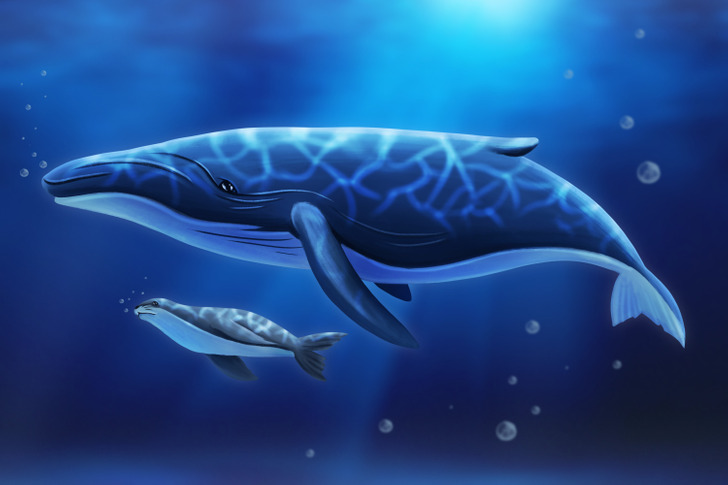
If water is still, it has a thermal conductivity about 25 times higher than air. And with the movement of water and convection currents, this figure increases to 50–100. This means that you lose heat much faster in water than in air.
The temperature of whales’ and seals’ skin is almost the same as the temperature of the water. All thanks to the insulating properties of subcutaneous fat and a complex circulatory system. These animals can live in the coldest water without suffering from hypothermia.
Arctic foxes
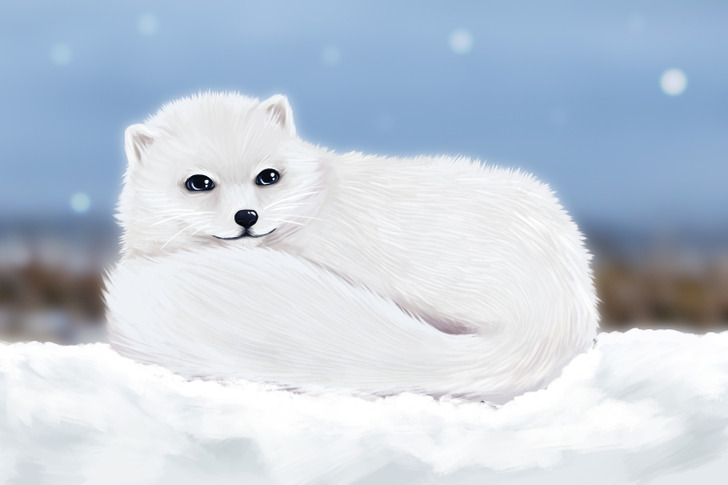
It’s obvious that the warm fur of these animals warms them up in frosty weather but how about their paws? They don’t have a very thick layer of fur on them. Nature has solved this issue with the help of a counter-current vascular heat exchanger and polyunsaturated fats. The former prevents cold from circulating throughout the animal’s body, and the latter prevents their feet from getting frostbitten.
The arteries and veins of Arctic foxes that carry blood down to their feet and back are located close to each other. Thanks to this, blood doesn’t have time to cool down when going through the animal’s body. Also, their paws contain fats that resemble margarine. The polyunsaturated fats contained in margarine don’t become hard and non-functional at low temperatures. The unique membranes on their pads also help prevent tissue damage.
Black-tailed prairie dogs
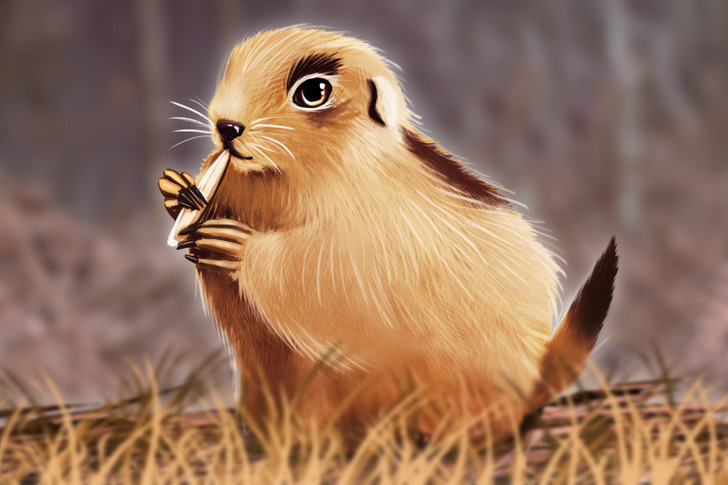
Unlike their peers (white-tailed prairie dogs) these cute critters can choose when to hibernate. Scientists found out that black-tailed prairie dog genes activate the ability to hibernate only when the weather gets really bad or when these rodents have no food at all. If there is food around, they will feel great even in cold weather.
Frogs
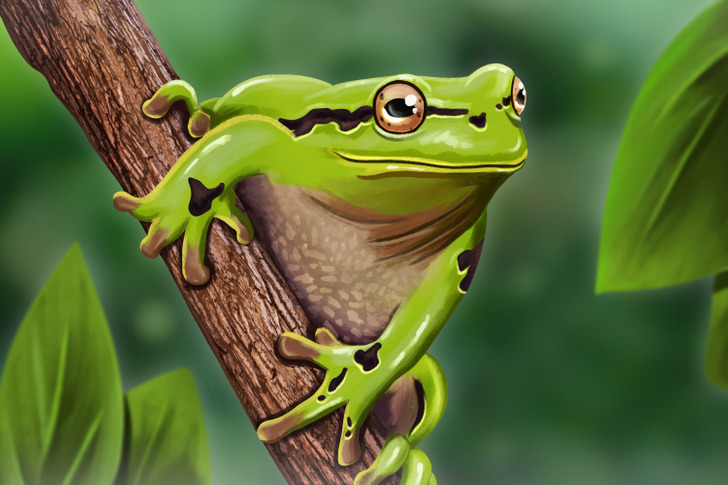
Different types of frogs use hibernation as a strategy to fight extreme weather conditions. Hibernation protects frogs from winter weather and predators. The metabolism of the animal slows down. It can “sleep” the whole winter using stacks of its body’s energy. When the warm season comes, the animal will stop hibernation.
When frogs are in hibernation, they turn into ice cubes. Ice crystals form in the animal’s body, and the high concentration of glucose in their vital organs prevents them from freezing completely. A partially frozen frog stops breathing and its heart stops beating. But when the temperature of water and air rises above zero, the frozen parts of the frog thaw and its organs resume their work.
Bonus: How to protect domestic and stray animals in severe winter conditions
- Process your dog’s paws with Vaseline before letting them outside in the frost. Remove it when you return home.
- Remove the ice, salt, and dirt from your pet’s paws and fur right after returning home from a walk.
- Check to see if your pet has frostbite. Check their paws and ears very carefully.
- Tap on your car hood before starting the car engine, as stray cats will hide under the hood in search of warmth.
- Watch for signs of hypothermia in your pet. A weak pulse, dilated pupils, a decreased heart rate, severe trembling, and pale or blue mucous membranes — all of these are red flags that mean you urgently need to contact a veterinarian.